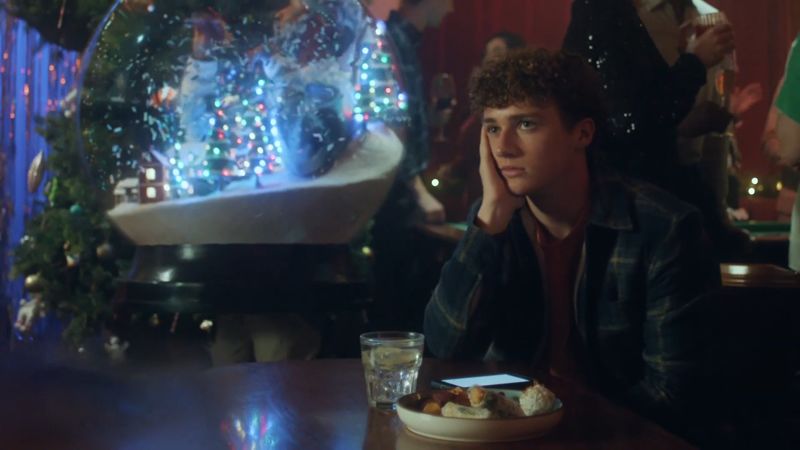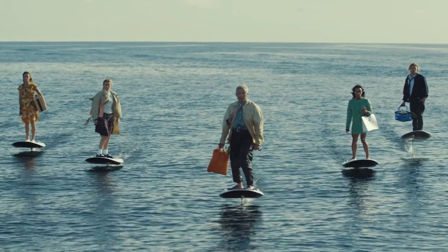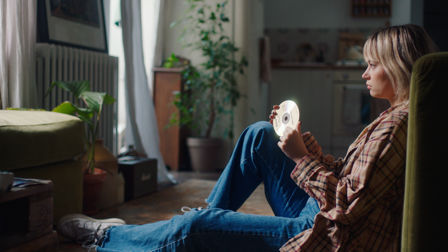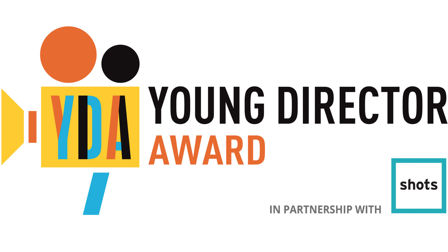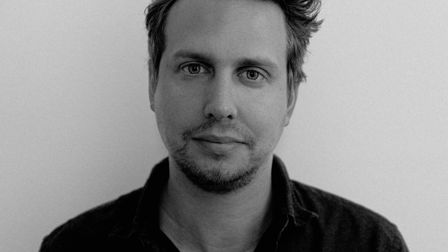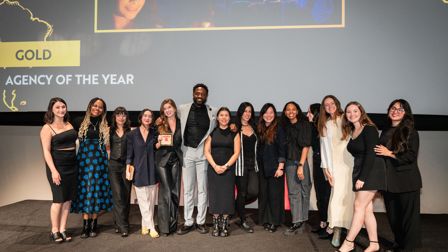Walking on the wild side with the Wind in the Willows team
As Badger and co return in a new Wildlife Trusts campaign, shots goes behind the scenes with Don't Panic and animation studio ROWDY.
Like most of the UK population, we at shots have fond childhood memories of Ratty, Mole, Badger and Toad and their adventures on the riverbank, so we couldn't contain a squeak of excitement when the trailer for a new film adaptation of Kenneth Grahame's The Wind in the Willows landed in our inbox.
With the furry friends exquisitely animated in stop-motion by the team behind Wes Anderson's Isle of Dogs, and the creme de la creme of British acting royalty - Stephen Fry, Catherine Tate, Alison Steadman and Asim Chaudhry - lending their voices, the film looked set to be a box-office hit.
Credits
powered by
- Agency Don't Panic/London
- Production Company Rowdy
- Director Matthew Day
-
-
Unlock full credits and more with a Source + shots membership.
Credits
powered by
- Agency Don't Panic/London
- Production Company Rowdy
- Director Matthew Day
- Sound Design String and Tins
- Talent Alison Steadman
- Talent David Attenborough
- Talent Stephen Fry
- Talent Catherine Tate
- Producer/DP Matthew Day
- Animator Andy Biddle
- Animator Tobias Fouracre
- Animator Anthony Farquhar Smith
- Post Production Alasdair Brotherston
- Sound Designer Will Cohen
- Additional Sound Design Lawrence Kendrick
- Creative Alice Dowdall
- Creative Partner Rick Dodds
- Founding Partner Joe Wade
- Producer Huw Allen
- Senior Creative George McCallum
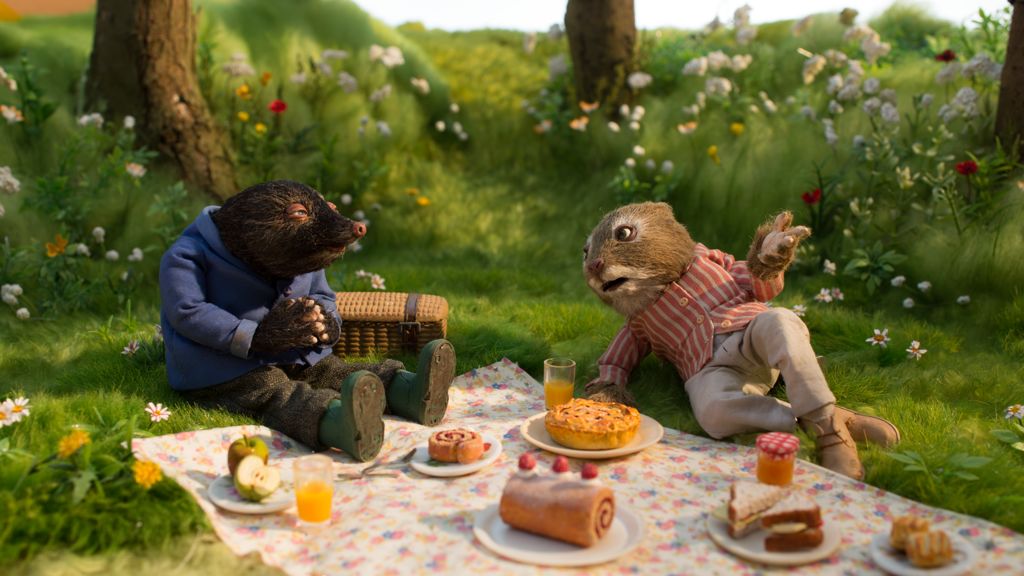
Credits
powered by
- Agency Don't Panic/London
- Production Company Rowdy
- Director Matthew Day
- Sound Design String and Tins
- Talent Alison Steadman
- Talent David Attenborough
- Talent Stephen Fry
- Talent Catherine Tate
- Producer/DP Matthew Day
- Animator Andy Biddle
- Animator Tobias Fouracre
- Animator Anthony Farquhar Smith
- Post Production Alasdair Brotherston
- Sound Designer Will Cohen
- Additional Sound Design Lawrence Kendrick
- Creative Alice Dowdall
- Creative Partner Rick Dodds
- Founding Partner Joe Wade
- Producer Huw Allen
- Senior Creative George McCallum
Except there was no film. The 'trailer' was actually a marketing campaign for The Wildlife Trusts, highlighting how, over the course of a century, the UK's wildlife habitats have been devastated through development and climate change.
Forget messing about in boats - the river is likely to be a polluted trickle choked with garbage. Together with conservationist Sir David Attenborough, the campaign calls on the British public to help bring our wildlife back before it's too late.
shots headed down to the riverbank to find out more about the creative concept and craft of the film.
Rick Dodds, creative partner, Don't Panic

When the brief landed on your desk, was it an instant 'yes'?
Having been brought up in the Yorkshire countryside, I know just how joyous and important nature is to a kid. I have the fondest memories of climbing trees, making dens and generally just playing in fields. The thought that future generations wouldn’t have that opportunity is genuinely heart-breaking. From the first read of the brief, this was a passion project for me, and an important one.

Packaging the campaign as a film trailer is an interesting strategy – what was the thinking behind that?
Culturally, Hollywood has done a great job of taking our classic childhood books and adapting them for the big screen. We picked the most British of them all, The Wind in the Willows and started to envision what a modern day telling would look like as a movie in today’s Britain.
We had to get the production values high enough that it would read as a Hollywood film.
A film trailer then became the perfect medium; their very nature is about driving people to action. For us, instead of driving people to the cinema, we wanted to drive people to the Wildlife Trusts so they could learn how they could help. Wind in the Willows is hugely nostalgic for us Brits; it’s this sense of nostalgia we wanted people to feel about our wildlife and the loss of it.
What made Rowdy the right animation partner for the project?
We really wanted to do this as stop-frame animation. There’s something very British about that. It’s also very tangible and real. From the minute I first met Tom [O'Meara] and Matt [Day], I knew they were the perfect partner for us. They just oozed with passion. Matt was actually reading his son the book at the time too. Working with Rowdy really proved to be the right decision - they were a joy to work with and their attention to detail is beyond anything I’ve ever known. They’re real artists.
The very upbeat and energetic toad sequence puts the viewer on a real high, before transitioning to the darker, bleaker sequence of devastation.
Some of the scenes – such as Mole discovering his tunnel has been tarmacked over, or when Toad hangs the picture of a puffin strangled by plastic netting, are genuinely heart-breaking. How did you strike the balance between making people take notice of the environmental message but keep the light-hearted charm of the book?
The beginning was key to it all. Pause the trailer at 40 seconds and the viewer had to believe it was a real film trailer with the characters they remember and love. We knew that if we got that spot on, we could create the right emotional response to the characters plight in the later scenes. Therefore, we had to get the production values high enough that it would read as a Hollywood film. Tom and Matt delivered that in spades.
Next, we needed to cast the right voices so that viewers would empathise with the characters and instantly love them. Stephen Fry as Badger, Asim Chaudhry as Toad, Alison Steadman as Mole and Catherine Tate as Ratty are a dream cast for any movie! It was also important to have a tonal range in the voices. Asim’s cheeky and joyous performance of Toad, perfectly complimented Alison’s charming and gorgeous performance of Mole.
We also wanted to create as much emotional contrast in the trailer as we could. The very upbeat and energetic toad sequence puts the viewer on a real high, before transitioning to the darker, bleaker sequence of devastation.

What was it like working with the bona fide national treasure that is David Attenborough?
I’ve been lucky enough in my career to work with some incredible people. But nothing quite prepared me for meeting a real hero and national treasure like Sir David Attenborough. I was definitely a little nervous, but he was a pure joy to work with.
Sir David put us all at ease instantly and he really put lots of effort into the reads. We had to record a few different facts as we didn’t know which would have the most punch. We also recorded him saying the intro lines, such as ‘This Spring..’, but we made the brave decision in the edit to not use him upfront and hold him for the emotional peak of the film. As Nikki, the client, said to me after we shared the first edit: “David Attenborough is the voice of the real world". Having him deliver the real-world fact at the darkest ebb of the film, is what makes it so impactful.
Matt Day [left] and Thomas Harnett O’Meara, directors, ROWDY

How much were you influenced by the original Wind in the Willows illustrations, versus getting the animals ‘zoologically’ correct?
The Wind in the Willows has been illustrated countless times, so there was a lot of reference material for us to work with. One illustrator’s work that we particularly liked was Michael Hague.
As the characters are anthropomorphic it would have been very tricky to make them zoologically correct. The sculptors tried to imbue some of the actors' look and character into the sculpts too, I think they did a particularly good job with Stephen Fry as Badger.
The Wildlife Trusts – Behind-The-Scenes Footage
The Wildlife Trusts – Behind-The-Scenes Footage
The Wildlife Trusts – Behind-The-Scenes Footage
Above: behind the scenes footage from the set.
Can you tell us more about the stop-frame animation style and why you decided this technique best brought the story and characters to life?
We are specialists within stop motion animation so it was an obvious choice. The medium holds an appeal because of the interesting line it walks between live action film making, with cameras, lights and sets, and animation where anything is possible (even a toad riding a motorbike).
It brings the story to life because we were able to create huge vistas, exploring on a grand scale how our protagonist's habitat has been polluted and destroyed.
[Toad] has no neck, making subtle head movements that convey emotion a bit more difficult.
Who was the most challenging/interesting character out of Ratty, Mole, Toad and Badger to animate?
Toad was the trickiest to animate as there is a lot of silicone in the puppet, which worked against the animator. The character also has no neck, making subtle head movements that convey emotion a bit more difficult. Despite this, and probably because of the limitations, our incredibly experienced animators managed to get a brilliant performance out of him.
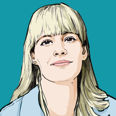)
